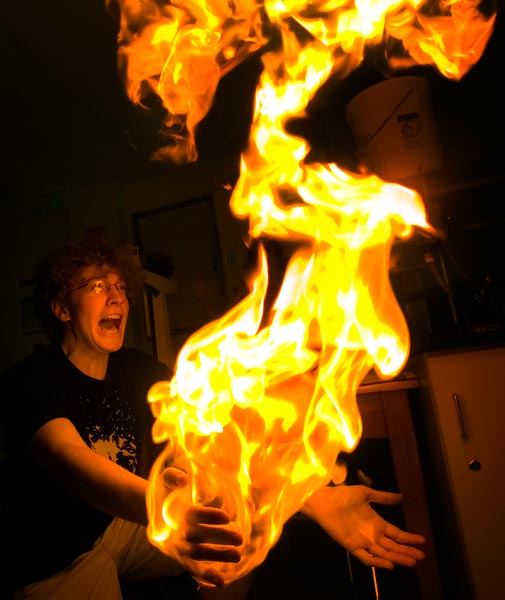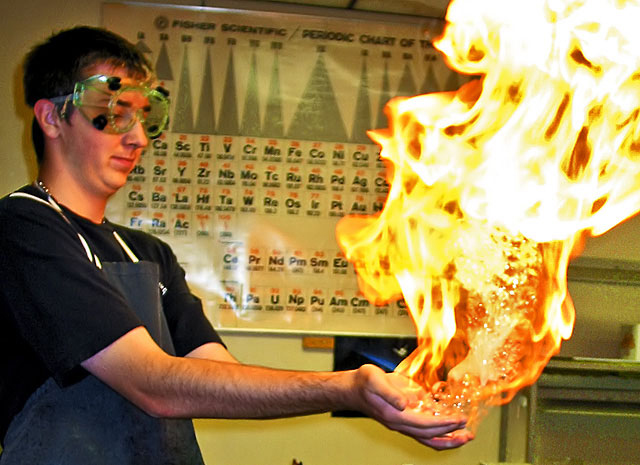- Physics skate park - What types of energy can you see?
- Thingdom - What gets randomly given to offspring when the things reproduce?
- There are lots of good activities on this link, try whatever you like.
- In this game, you have to build a city that saves energy.
- In Pandemic, you play as a disease and have to infect everybody in the world!
- There are also lots of activities here to do with the human body.
You can also watch any of the videos posted in this site if you want to.





